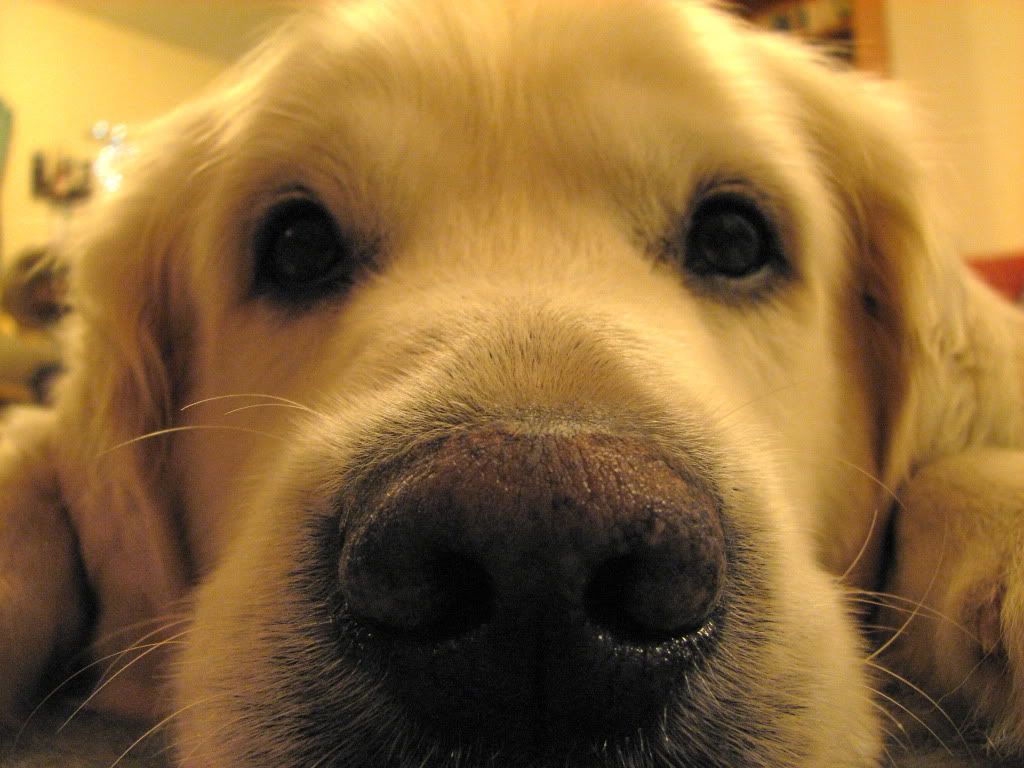Animal training plans are intuitive to many of us who have been in the field for a long time but to the new trainer, they are very vital to training success.
Some people goes as far as saying that if you fail to plan, you plan to fail.
Which can be true, but more often than not you just confuse the animal or frustrate it–which can have negative consequences.
But does is a training plan vital to success?
Yes and No.
Like I’ve said before, training is both and art and a science.
Ideally you have a plan on how to shape a behavior but a lot of people simply capture the behavior and then shape it later.
I do believe pet owners and those new to training do best with a plan that outlines the actual process.
For me, it is second nature these days and sometimes I debate with other trainers as to what might be the best way to get the ultimate behavior desired.
Consider the dog training behavior, “sit.”
When you first start you want to capture when the animal’s butt hits the ground.
It doesn’t really matter if the “sit” behavior is square, in front of you, or otherwise because you want the animal to get the idea of what you want.
Once that behavior is established you can actually train a square sit.
Next, or concurrently, you’d begin working on duration.
If you are not clear, sometimes you’ll confuse the animal.
If you remember Clem (the fish from the bubble blog), during his training his trainer missed several bridges (marking the behavior) which made me crazy but which happens to be a common problem with those just beginning to train or those who talk (or are disturbed) during training.
Even so, he learned the behavior.
However, had the right behavior been captured sequentially, it would have been established faster.
Clem happens to be an animal that likes to try new and innovative additions to a behavior.
Some animals do this naturally while others might have learned to experiment through training where a clear pattern of progression were not clear.
In training circles, this type of planned progression is called successive approximation.
It is an incremental advancement of the behavior until you get to the final form.
So, the final goal of a square sit is made up of smaller advances to get to that point.
Then distance work, longevity, other locations, and other variables can be added after the behavior is stabilized.
You might want to read my article on what happens if you move forward into more complex issues before the behavior is stable in Animal Behavior Concerns & Solutions: Moving Ahead Before A Behavior is Stabilized.
Not too long ago I post a horse training video by Mary at Stale Cheerios and she wrote a bit about what she was actually doing in the comments.
For the initial training and limitations, her process was fine.
I’d like see how she progresses (hint, hint–since Mary is a regular reader) to know if she has outlined a final goal and the steps to get there.
Because I think the animal might be like Clem in that she will be more apt to experiment and add variables to the behavior.
In most cases the strategy in the video works fine but you can also get superstitious behavior (behavior that is trained by accident or that the animal thinks is part of the ultimate behavior desired) from the animal.
Now, training the head turn away from the food and trainer is called the “training of an incompatible behavior” or “differential reinforcement of an incompatible behavior” or “differential reinforcement of other behavior.”
Terminology can make your head spin and I’ve been around long enough to see things renamed, or to see the same behavior called something else by someone who wants to be the first to coin a new term in the field.
I remember one conference where I saw the same behavior called by three different terms.
People get hung up on terminology but I don’t find it to be super vital unless you are into discussing behavior, publishing works about behavior, or working in the corporate model–because most people don’t care what you call it–only that it works.
Unless of course you are writing about training and then–well, now you understand why I listed the terminology.
So, I am looking forward to seeing some more of Mary’s progress.
My challenge to the rest of you is to ask how you might outline the training steps to get an animal to quit nudging (or pawing) your treat bag.


